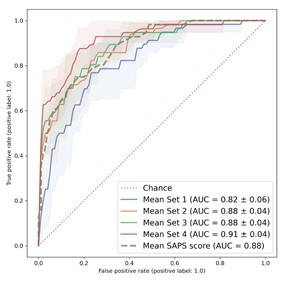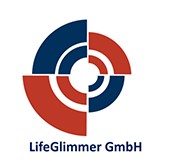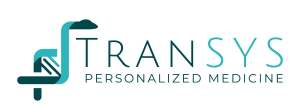TranSYS ESR15 Sonja Katz has been selected as an oral presenter in this year’s BioSB conference.
 The conference focusses on the latest developments in bioinformatics, systems and computational biology and interrelated disciplines, and their wide-ranging applications in life sciences & health, agriculture, food & nutrition.
The conference focusses on the latest developments in bioinformatics, systems and computational biology and interrelated disciplines, and their wide-ranging applications in life sciences & health, agriculture, food & nutrition.
Abstract: Decision support system and outcome prediction in a cohort of patients with necrotising soft tissue infections
Sonja Katz, Jaco Suijker, Christopher Hardt, Vitor AP Martins dos Santos, INFECT & PerAID Study Group
Introduction
NSTI are severe, bacterial infections with a high mortality as well as morbidity. It is heterogeneous in many aspects, including the affected population, causative microorganisms and disease course [1]. Early individualized treatment is expected to improve outcomes, but is currently hindered by the absence of instruments to satisfactorily predict disease course. We believe that a Clinical Decision Support System (CDSS) could substantially aid in NSTI diagnosis and treatment by providing clinicians with various predictions and treatment suggestions. Therefore, this study presents the framework of an end-user oriented CDSS specialised on NSTI care.
Approach
Current bottlenecks in NSTI patient care were determined through interviews with various clinical specialists. One of the identified questions, the early prediction of mortality, was subsequently used to develop a machine learning based approach. Data from the INFECT cohort [2] was used to build a random forest classifier including clinical information from up to 24 hours after ICU admittance. Features relevant for predictions were identified using the Boruta package.
We used double cross validation (DCV) for i) optimising the hyper-parameters of the classification algorithm used and ii) for an unbiased estimation of prediction errors when the model is applied to previously unseen patients. Performances were measured using a wide array of metrices, including accuracy, recall, precision, F1 score, and ROC-AUC. In an attempt to compare our CDSS to current systems in use, we benchmarked its performance on the SAPS II score.
 Results
Results
Through unsupervised feature selection algorithms and manual curation, we have found that performance of the classifier can be maximised by reducing the feature space to only 16 clinical variables. To further improve the flexibility of our CDSS, we have grouped variables according to their clinical availability, resulting in 4 variable sets that were subsequently used to train predictive models. Even without the optimal set of parameters being available, models show good discriminatory power (AUC > 0.8), with the model including all 16 informative variables even slightly outperforming the SAPS score (figure 1).
Furthermore, models prove to be very stable towards missing data , which substantially improves their usability in a realistic clinical setting.
 Discussion and Outlook
Discussion and Outlook
A decision-support system intended to aid in NSTI patient stratification is being developed. Current results, which show good performance for mortality prediction, are promising. The flexibility of the developed CDSS regarding the provided clinical information constitute a major advantage when compared to more traditional scoring systems currently in use. Future efforts will include the integration of a data management system, to be able to easily include new patients and end-user oriented model deployment through an interactive dashboard.
References
[1] Peetermans, M., de Prost, N., Eckmann, C., Norrby-Teglund, A., Skrede, S., & De Waele, J. J. (2020). Necrotizing skin and soft-tissue infections in the intensive care unit. Clinical Microbiology and Infection, 26(1), 8-17.
[2] Madsen, M. B., et al. “Necrotizing soft tissue infections–a multicentre, prospective observational study (INFECT): protocol and statistical analysis plan.” Acta Anaesthesiologica Scandinavica 62.2 (2018): 272-279.
Sonja’s presentation: Decision support system and outcome prediction in a cohort of patients with necrotising soft tissue infections is on Tuesday 15th June at 12.10 CEST.
For more information visit https://www.aanmelder.nl/biosb2021/part_program
Author: Sonja Katz
ESR15: Developing and demonstrating data mining and A.I. tools to better understand patient heterogeneity and assist patient stratification


